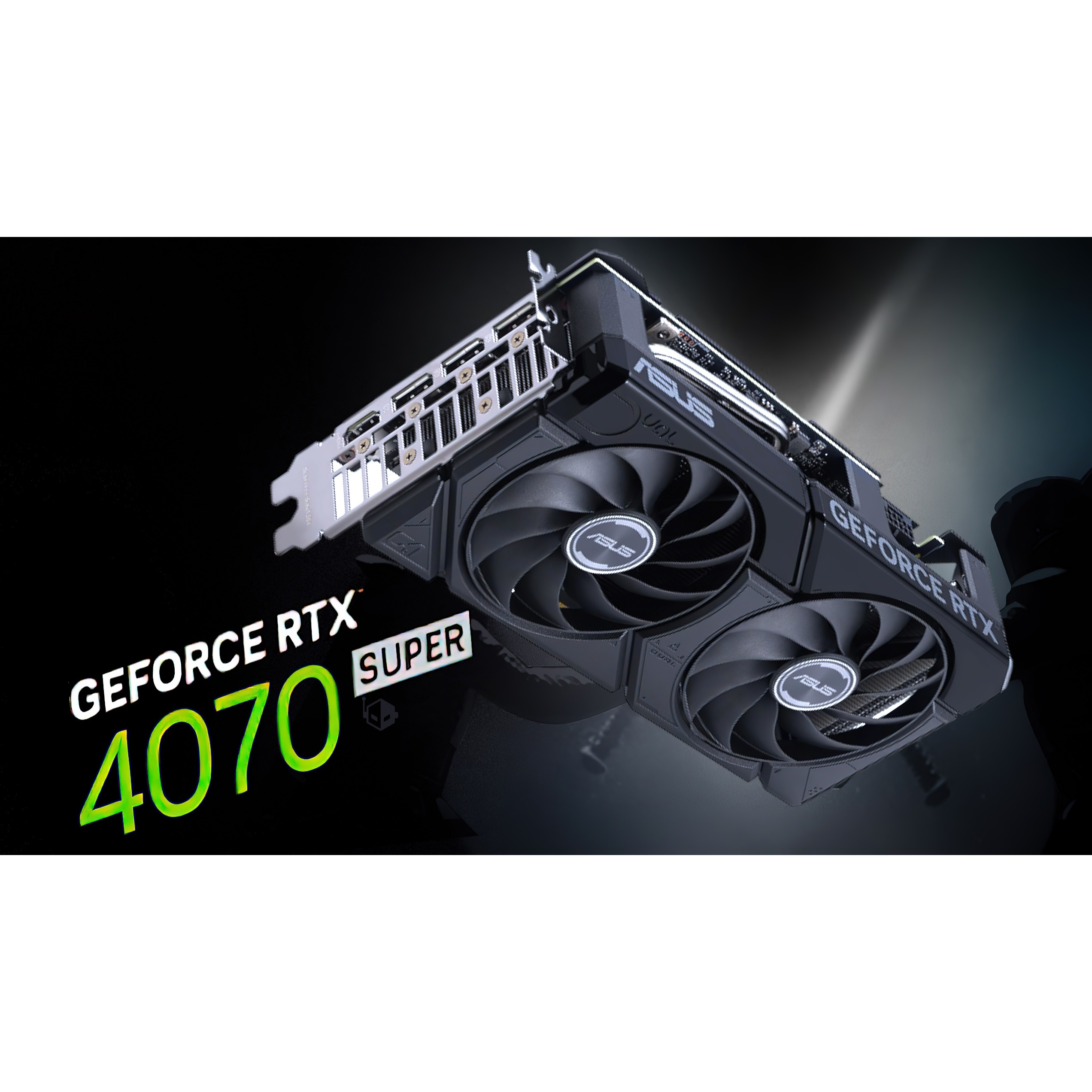For
- RTX 3080 Ti performance with benefits
- Catching up with RTX 4070 Ti
- Super efficient
- Super quiet
- Super cool
- That black shroud looks stunning
Against
Prepare yourself, as 2024 is commencing with remarkable excitement. I cannot recall another January that has seen the simultaneous release of four new graphics cards within a single month, with the RTX 4070 Super being the inaugural model among Nvidia’s trio of Super GPUs set to take center stage this January. It may very well be the best of the group.At first glance, this model has received the most significant enhancement in core count when compared to its non-Super counterpart, and it indeed provides a notable increase in frame rates over the RTX 4070. Furthermore, it is also encroaching upon the performance levels of the RTX 4070 Ti.The original RTX 4070 stands out as one of my preferred graphics cards from the initial release of GPUs within the Nvidia Ada architecture generation. Apart from the formidable RTX 4090, it was the model that truly fulfilled the expectations of a significant generational advancement compared to its Ampere predecessor.The RTX 4070 can be considered a more affordable alternative to the RTX 3080, offering increased memory and the advantages associated with next-generation GPUs. This includes reduced power consumption, higher clock speeds, and the performance improvements provided by Frame Generation. I have consistently described it as an enhanced version of the RTX 3080.Priced launch, which is significantly lower than the initial price of the RTX 3080, this graphics card has consistently represented a substantial upgrade for users transitioning from an RTX 20-series or earlier RTX 30-series model. The RTX 4070 Super introduces its own advantages, resembling an RTX 4070 Ti Lite, and features an appealing matte black Founders Edition design.
A concise evaluation of the Nvidia RTX 4070 Super.
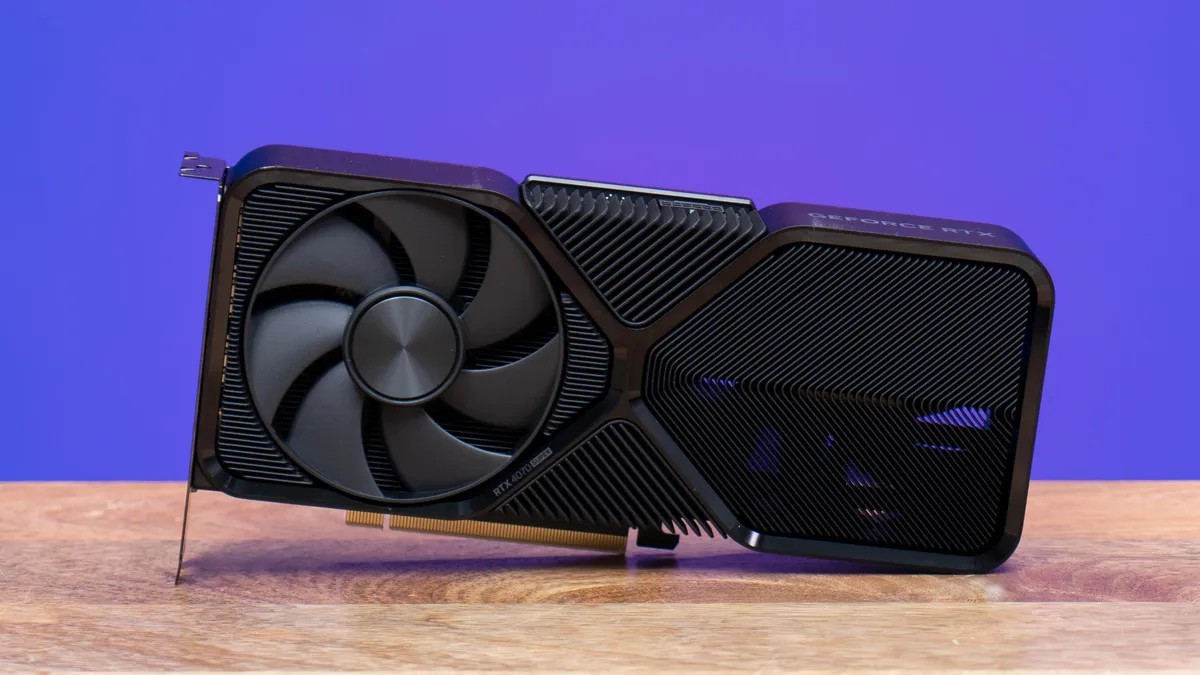
The RTX 4070 Super represents a thoughtfully reconfigured graphics card, establishing a solid basis for a much-anticipated update to Nvidia’s Ada series. With the introduction of this initial Super model, along with subsequent releases, the RTX 40-series is beginning to take on the characteristics of the GPU generation we had envisioned.
This graphics card is, in fact, more comparable to the RTX 4070 Ti in terms of specifications and performance than it is to the RTX 4070, which is the preferred scenario. Therefore, while the original model resembled an RTX 3080 with enhancements, this version is more similar to a replacement for the RTX 3080 Ti. In practical terms, it significantly outperforms the latter while consuming nearly half the power.
The RTX 4070 Super is encroaching on the performance advantage previously held by the soon-to-be-retired RTX 4070 Ti. However, it faces competition from two additional graphics cards: one from AMD and another that was intended to replace the Nvidia mid-range model. As the RTX 4070 Ti and RTX 4080 are phased out in favor of their Super counterparts, the RTX 4070 persists in the market and has even seen a price reduction to an introductory level.
The competitive pricing of the RX 7800 XT, which delivers comparable performance, necessitates that Nvidia maintains a card that is competitively priced in proximity to it. Additionally, the introduction of the new RTX 4070 Super must establish a distinct advantage in gaming frame rates.
The Super card accomplishes its intended purpose; however, I cannot help but feel that this GPU release could have been a resounding success had the green team shown more courage by discontinuing the original card in favor of the RTX 4070 Super, particularly at the point. As it stands, the original model continues to overshadow it, being available at a lower price and offering only a 10% difference in performance.
Should the price decrease lower, the RTX 4070 will become highly appealing, even in light of the recent Super release.
Specifications of the Nvidia RTX 4070 Super.
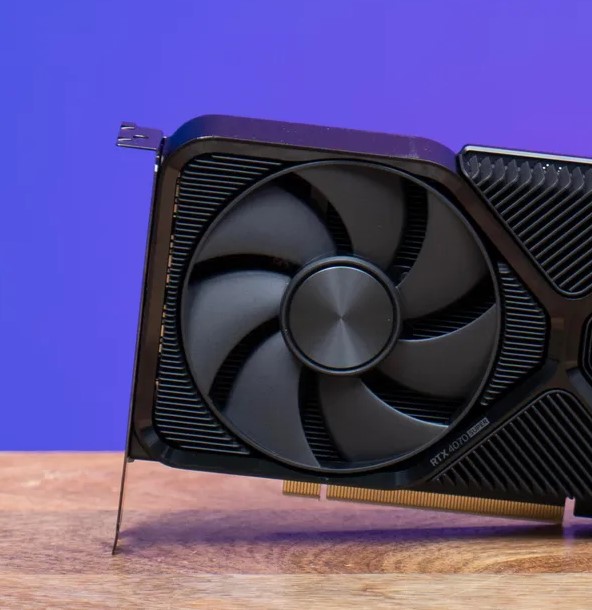
The RTX 4070 Super continues to utilize the same AD104 GPU found in the original model; however, Nvidia has activated an entirely new graphics processing cluster (GPC) for this chip. This enhancement provides an additional ten streaming multiprocessors (SMs), resulting in an increase of 1,280 CUDA cores, which equates to approximately 22% more shaders.
This configuration brings the chip significantly closer to the RTX 4070 Ti regarding its core composition and performance, compared to the original RTX 4070. However, there are two critical specifications in the new Super card’s design that illustrate both its ability to approach the higher-end GPU and the reasons it falls short of fully matching it, despite the similar core count.
The generational performance improvements of the Ada architecture compared to Nvidia’s Ampere GPUs are primarily attributed to two key factors: increased clock speeds, facilitated by the more efficient TSMC 4N manufacturing process, and the additional L2 cache memory that has been incorporated into the latest graphics processors by the green team.
| Header Cell – Column 0 |
RTX 4070 Ti |
RTX 4070 Super |
RTX 4070 |
| GPU |
AD104 |
AD104 |
AD104 |
| CUDA cores |
7,680 |
7,168 |
5,888 |
| L2 cache |
48MB |
48MB |
36MB |
| Memory |
12GB GDDR6X |
12GB GDDR6X |
|
| Memory bus |
192-bit |
192-bit |
192-bit |
| TGP |
285W |
220W |
200W |
| Release date |
January 5th, 2023 |
January 17th, 2024 |
|
Initial reports from Nvidia indicated that the L2 cache for the RTX 4070 Super would remain unchanged at 36MB, similar to the original GPU. However, just prior to the launch, this specification has been revised. The AD104 chip within the RTX 4070 Super is equipped with 48MB of L2 cache, matching that of the RTX 4070 Ti. This enhancement is a significant factor contributing to its performance, allowing it to closely rival that of the previous model.
Had it retained the same 36MB L2 cache as the RTX 4070, there would have been significant contention among five GPCs competing for the shared cache resources that were previously allocated to four GPCs. This scenario would likely have resulted in an increase in cache misses, as various components of the chip vied for the same shared resources, consequently consuming more valuable processing time accessing the slower VRAM.
It is essential to recognize that the clock speed of the RTX 4070 does not match that of the RTX 4070 Ti. The RTX 4070 offers an approximate frequency increase of 1GHz compared to the RTX 3070 and RTX 3080, a trend that continues with the RTX 4070 Super. However, the Ti variant surpasses this performance. The clock speeds have not risen in proportion to the increase in core count; the base clock experiences a modest uplift of 60MHz, while the rated boost clock remains unchanged when compared to the Founders Edition of the RTX 4070.
The 220W TGP of this model may represent an increase compared to its predecessor; however, it falls significantly short of the 285W TGP associated with the RTX 4070 Ti and its forthcoming Super variant. This discrepancy is a primary factor contributing to the RTX 4070 Super’s inability to achieve the same frequency levels as its predecessor.
The RTX 4070 Ti achieved an average GPU frequency of 2,806MHz during gaming tests, whereas the RTX 4070 Super operates at a frequency that is slightly lower than that of the standard RTX 4070 Founders Edition, falling over 250MHz short of the RTX 4070 Ti.
The memory subsystem remains unchanged, featuring the same 12GB GDDR6X memory operating at 21Gbps. This configuration utilizes a combined 192-bit memory bus, providing an identical bandwidth of 504GB/s.
The distinctions between the RTX 4070 Super and the Ti variant are minimal, primarily attributed to the additional power incorporated into the larger card, its enhanced cooling system, and consequently, the elevated sustained clock speeds.
Benchmarks for the Nvidia RTX 4070 Super.
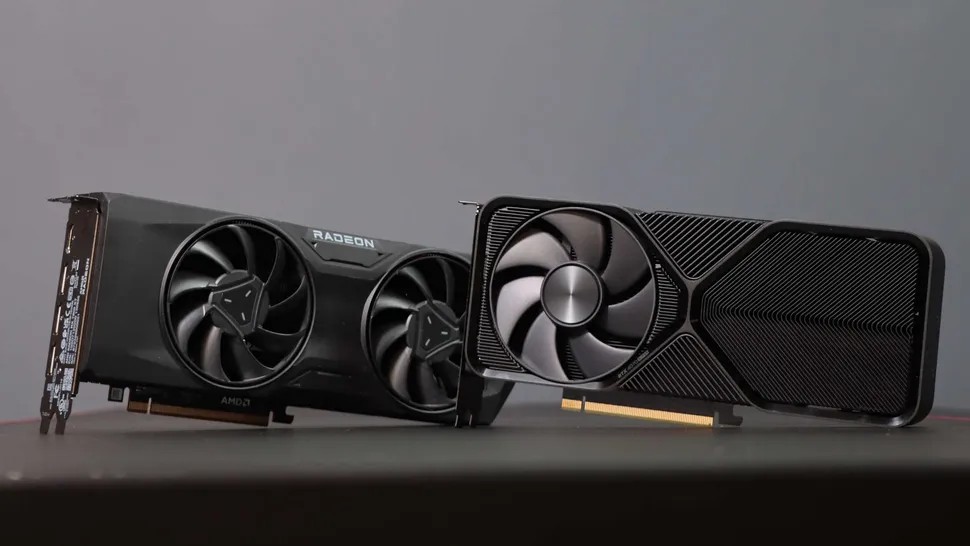
Performance of the Nvidia RTX 4070 Super.
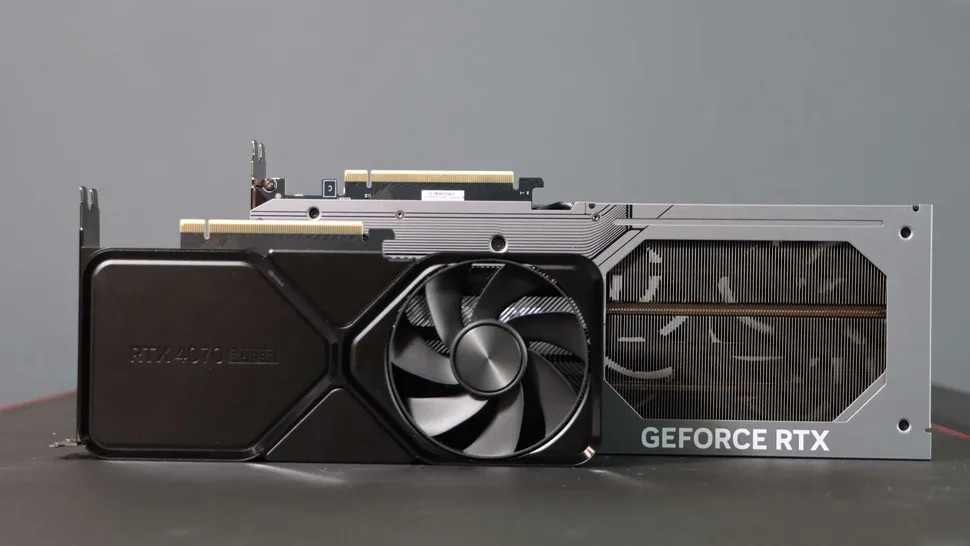
If you anticipated that the RTX 4070 Super’s 22% rise in CUDA core count compared to the RTX 4070 would result in a corresponding increase in gaming frame rates, I regret to inform you that this expectation may not be met. Our benchmarking results indicate a maximum increase of approximately 18% at 4K resolution in Cyberpunk 2077. However, it is important to highlight that this figure pertains to native ray-traced performance, where the average frame rate only improves from 17 fps to 20 fps.
The Super variant demonstrates an average performance improvement of 12% over its predecessor, the RTX 4070, at a resolution of 1440p, and 13% at 4K. These figures are commendable, particularly as Nvidia has introduced this new card at the same the earlier model. Enhanced performance at the same cost is undoubtedly a positive development.
However, it emphasizes that merely increasing the number of CUDA cores and adding a small amount of cache has its limitations when it comes to significantly enhancing performance.
The Blender rendering benchmarks, which one might anticipate to be more optimized for the enhanced parallel processing capabilities provided by the additional cores, demonstrate merely a ~17% increase in performance.
As I compose this, the tone may appear somewhat pessimistic. However, it is important to recognize that a graphics card’s performance encompasses more than just the raw core count. Therefore, it is unlikely that anyone anticipated a uniform increase of over 20% in frame rates.
A significant aspect, particularly for Nvidia, is that the enhanced performance of the Super card positions it distinctly ahead of the RX 7800 XT. Previously, the competition with the original RTX 4070 was quite tight, complicated further advantage for AMD. However, the current scenario presents a more feasible price-to-performance ratio. The Super card is approximately 20% pricier and offers a performance increase of around 20%, both at 1440p and 4K resolutions.
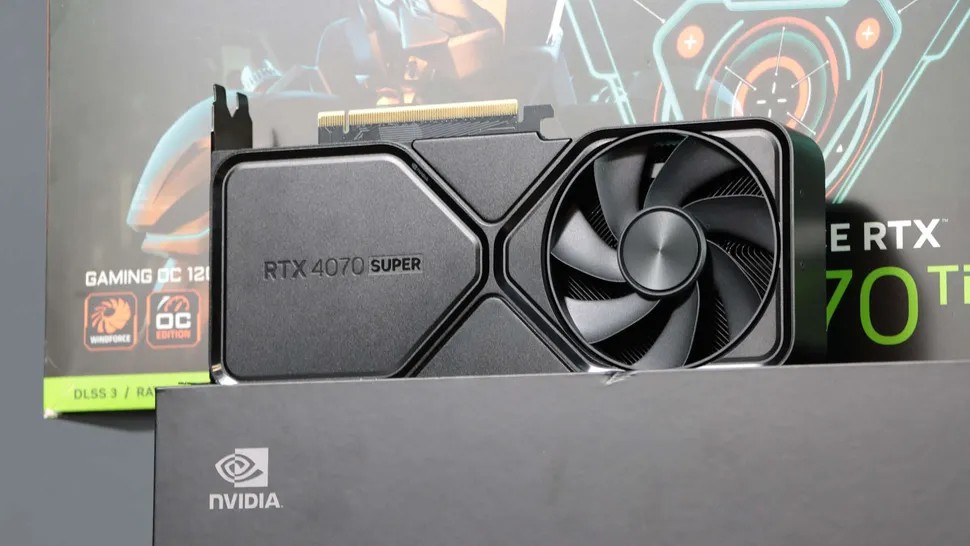
When discussing the RTX 4070 Super as a graphics card capable of consistently achieving over 100 fps in the latest gaming titles, particularly in a genuine 1440p gaming environment, the performance is indeed impressive. Our standard GPU evaluations are conducted at native resolutions, without the influence of upscaling or frame generation enhancements; we focus on assessing the performance of the silicon, especially in comparative terms.
Considering the numerous contemporary titles that employ both DLSS and FSR, developed by Nvidia and AMD respectively, and their proven effectiveness, this is likely how many gamers will engage with their new graphics cards. Therefore, it is essential to evaluate the real-world performance of these cards rather than solely focusing on the raw GPU capabilities.
With AMD now offering its own frame generation technology, it is an opportune moment to evaluate this aspect in conjunction with the performance of the silicon. Consequently, in our practical benchmarks, we will implement frame generation in games that support it, utilizing the version that consumers would typically access. For instance, if you possess an RTX 3080, you will be utilizing AMD FSR 3.0 with frame generation in supported games, as Nvidia has not provided support for its Frame Generation technology on your older GPU.
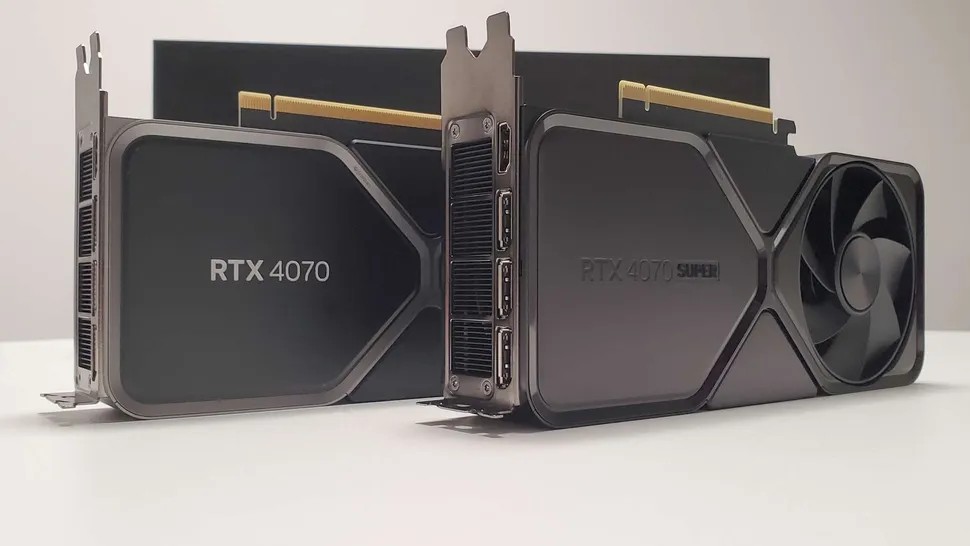
This observation further emphasizes the “RTX 3080 with benefits” label I initially assigned to the RTX 4070, and it is even more applicable to the RTX 4070 Super. In reality, this new model is now closely competing with the RTX 3080 Ti in terms of standard performance, while significantly surpassing it in practical metrics. This graphics card consistently achieves frame rates that align with the refresh rates of 144Hz or 165Hz monitors at 1440p resolution. Such a technological pairing offers a level of smoothness that is highly desirable.
There exists a degree of disappointment regarding the frame rate proximity between the RTX 4070 and its newly introduced Super variant; however, the performance comparison with the RTX 4070 Ti is particularly noteworthy based on my evaluations. The RTX 4070 Super operates within 10% of a card that is priced 33% higher, which is a compelling consideration. In fact, considering the similarities in GPU architecture and memory specifications, I am quite inclined to utilize Afterburner to explore the potential for overclocking the RTX 4070 Super, as the superior clock speed of the Ti model appears to be the primary factor contributing to its advantage.
My thermal and power evaluations further emphasize the effectiveness of the 4N process in establishing Ada as one of the most efficient GPU architectures available. While the RTX 4070 Super does have a marginally elevated TGP, averaging just 15W more than the original RTX 4070, it also delivers an improved performance per Watt ratio.
An examination of the Nvidia RTX 4070 Super.
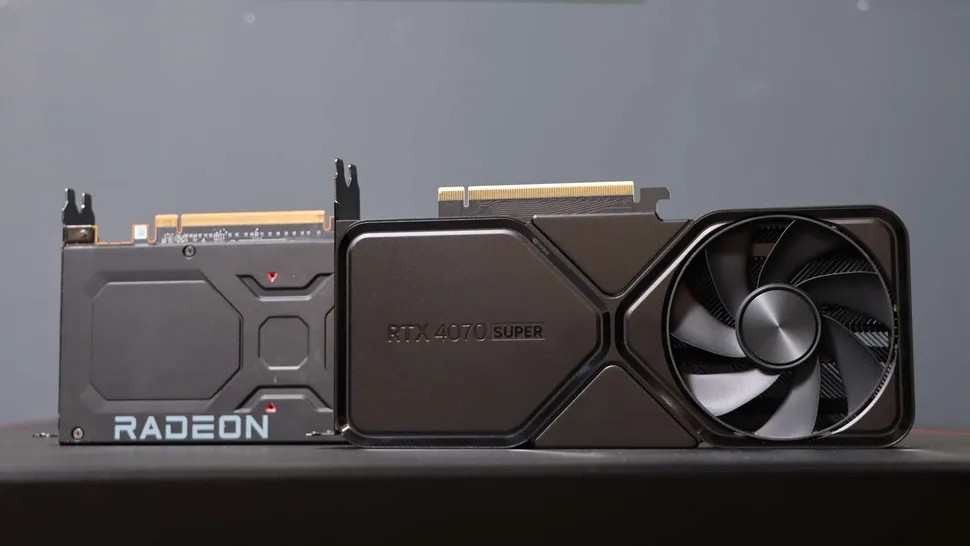
Recall my previous statement regarding my inability to remember a January filled with GPU releases? While this may be an unusual occurrence, having now experienced the RTX 4070 Super firsthand, the situation becomes quite clear. These are competitive cards, designed to overshadow the next model in the lineup. If the RTX 4070 Ti Super were not set to launch just days after this updated GPU, it would significantly diminish any remaining demand for that particular card.
The enhancement in performance compared to the original RTX 4070 was a primary focus prior to the launch; however, it is the performance metrics in relation to the RTX 4070 Ti that are expected to generate the most discourse regarding this initial Ada refresh card. The performance levels are so closely aligned with those of the AD104-equipped Ti that it renders the older model appear significantly less capable. Notably, this was the card initially intended to debut as the RTX 4080 12GB, before Nvidia prudently decided to retract its launch, subsequently renaming it and reducing its price.
Currently, we have GPU that is not achieving the same frame rate performance due to its AD104 GPU operating under different power constraints compared to the higher-priced model.
The RTX 4070 Super appears to be a strong contender in the market. However, its potential success is somewhat hindered by Nvidia’s decision to maintain the original RTX 4070 at a reduced price, which is expected to decrease further in the near future. This situation is largely influenced by the continued competitiveness and affordability of AMD’s RX 7800 XT.
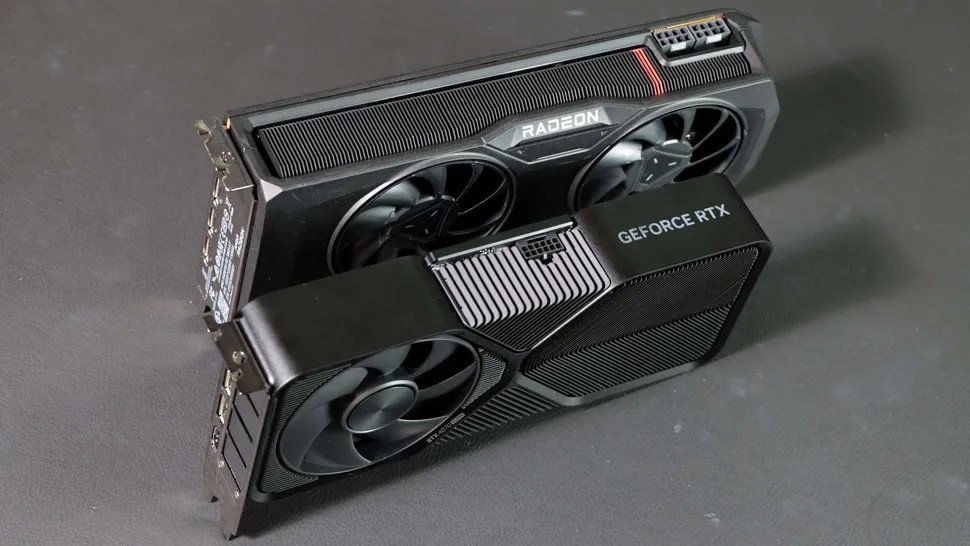
The RTX 4070 Super outperforms AMD’s formidable mid-range offering with ease; however, it comes at a premium. This price difference corresponds with the performance disparity, creating a noticeable upgrade that positions it in a distinctly higher category of graphics cards. Consequently, the comparison between the two becomes somewhat less pertinent.
It appears that Nvidia intends to maintain the previous RTX 4070 model in the market, accompanied by a price reduction, to enhance its competitiveness against the AMD card at a similar price point. This is one of the primary reasons I anticipate that the original RTX 4070 will soon be available at a more consistent price of approximately.
However, this does not significantly enhance the value proposition of the RTX 4070 Super. In fact, it offers only a 10 to 18 percent increase in performance compared to its predecessor—though it is more comparable to the RTX 4070 Ti, as previously mentioned. If the price is approximately 20 percent higher, it becomes increasingly difficult to justify the purchase.
It appears that Nvidia has been compelled to maintain the standard RTX 4070 in its lineup, a decision it may not have preferred. The company has recently phased out both the RTX 4070 Ti and RTX 4080, with plans to introduce their Super variants later this month, likely due to the reduced competitive pressure from AMD.
As previously mentioned, I would have preferred Nvidia to exhibit greater boldness or to be less frugal by launching the RTX 4070 Super at the same point to which it has reduced the existing RTX 4070. This approach would have allowed the company to phase out the older model more swiftly and effectively compete against the RX 7800 XT.

